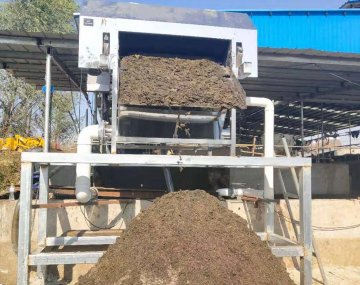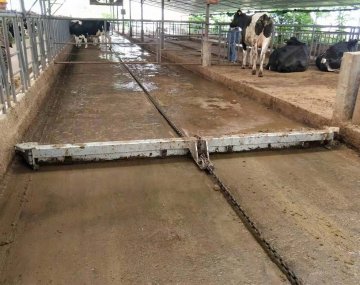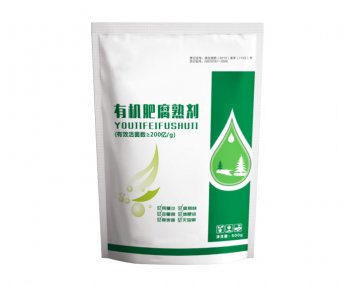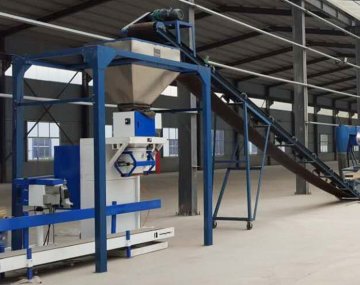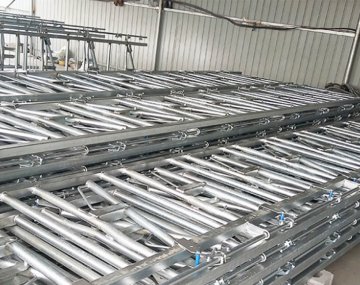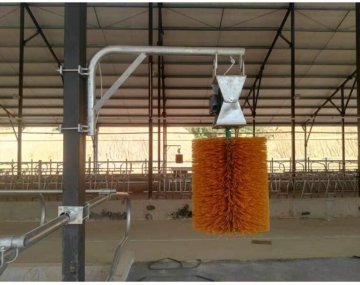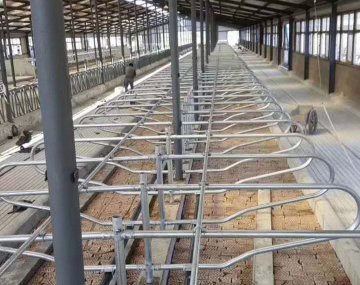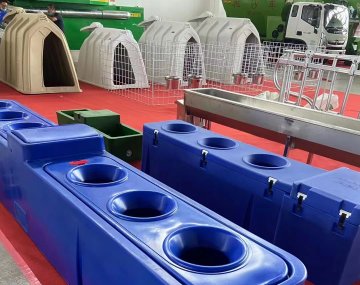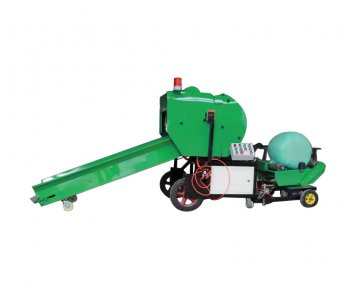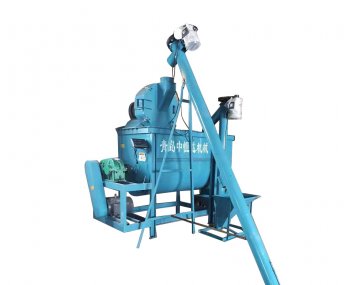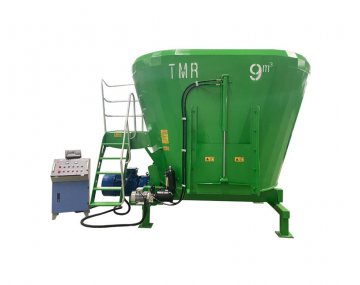Notes in the fermentation process of organic fertilizer:
1, water control
Too little water in the fermentation process, microbial activity is inhibited, too much water, affect the ventilation. The water content is usually between 40% and 65%, and you can see the water between your fingers when you grip it with your hand, but it won't drip.
2. Control of carbon nitrogen ratio
The appropriate C/N ratio of organic fertilizer raw materials was 25:1. If the C/N of organic material is less than 25:1. Because of its high nitrogen content, it not only decomposes quickly, but also converts excess organic nitrogen into inorganic nitrogen and stays in the soil for plants to use. If C/N of organic matter is greater than 25:1. Due to more carbon and less nitrogen, microorganisms lack nitrogen nutrition, their life activity ability is weakened, organic matter decomposition is slow, sometimes microorganisms will also absorb inorganic available nitrogen nutrition from the soil, causing microorganisms and crops to compete for nitrogen nutrients. Make crops temporarily short of nitrogen, yellow wilt phenomenon.
3, PH value control
Both PH levels above 8.5 and below 5.3 are detrimental to microbial activity. In the early and middle stages of fermentation, organic acids are produced due to the decomposition of organic matter, so that the PH value drops. Alkaline hydrated lime, grass and wood ash or calcium carbonate can be added to adjust the PH value. At the later stage of fermentation, ammonia is released and accumulated, which increases PH and allows fresh green manure and grass to be added.
4, temperature control
The material temperature will rise with the decomposition of organic matter. Organic fermentation is inseparable from high temperature. It is only at high temperatures that the process of humus formation begins in the reactor, and black substances that dissolve in weak bases begin to appear.
High temperatures help kill pathogenic microorganisms. The inactivation of pathogenic microorganisms depends on the temperature and contact time. Generally speaking, maintaining the temperature of the reactor at 50 ~ 60℃ for 6 ~ 7 days can achieve a better effect of killing eggs and pathogens.
The dominant microorganisms in the reactor at high temperature change with temperature. At about 50℃, it is mainly thermophilic fungi and actinomyces; When the temperature rose to 60℃, the activity of fungi almost stopped completely, only the thermophilic actinomyces continued to activity. When the temperature rose to 70℃, most of the microbes in the reactor died or went into a dormant state. So you have to try to keep the reactor hot, but you have to keep the temperature from rising too high.






